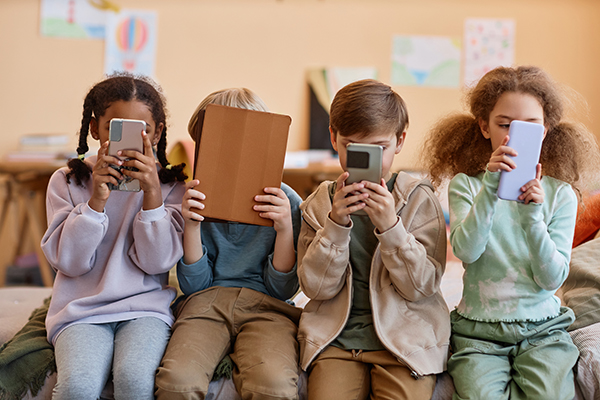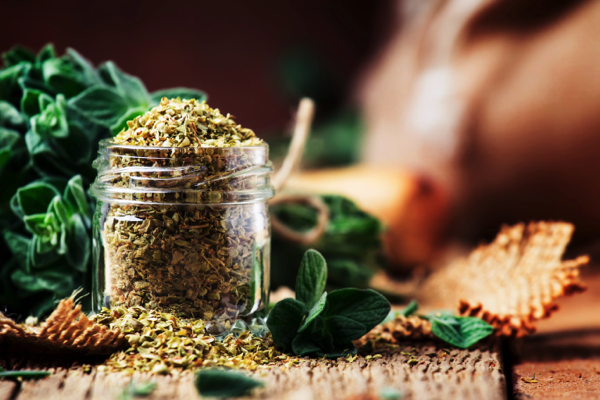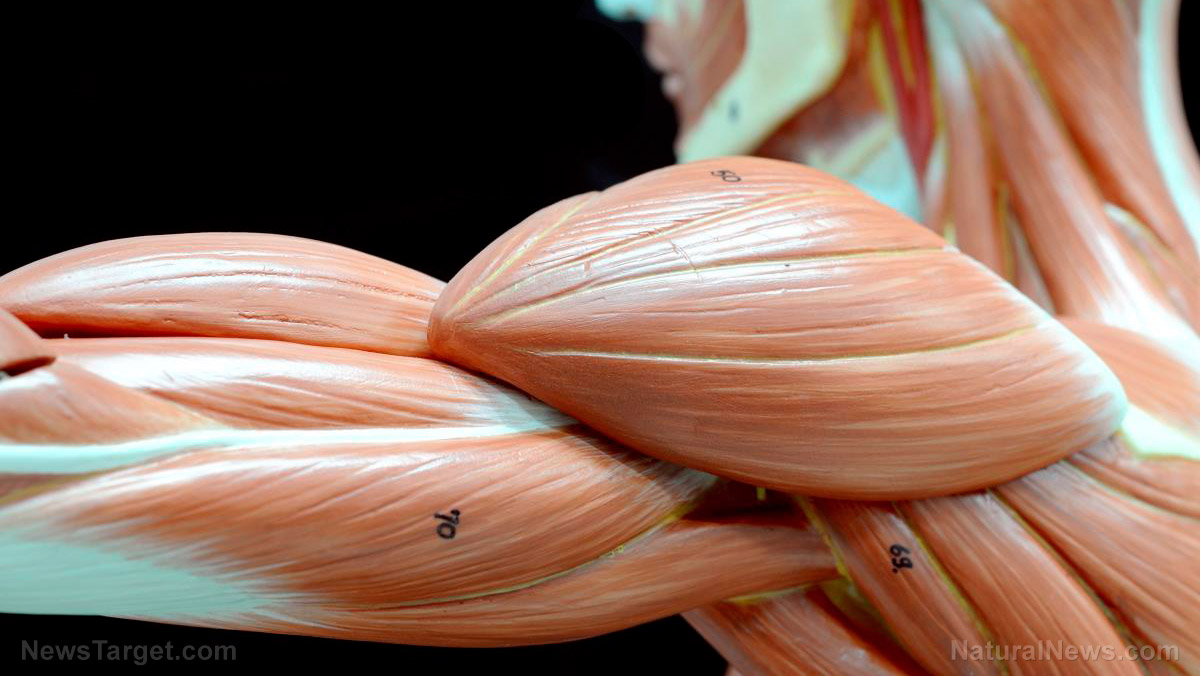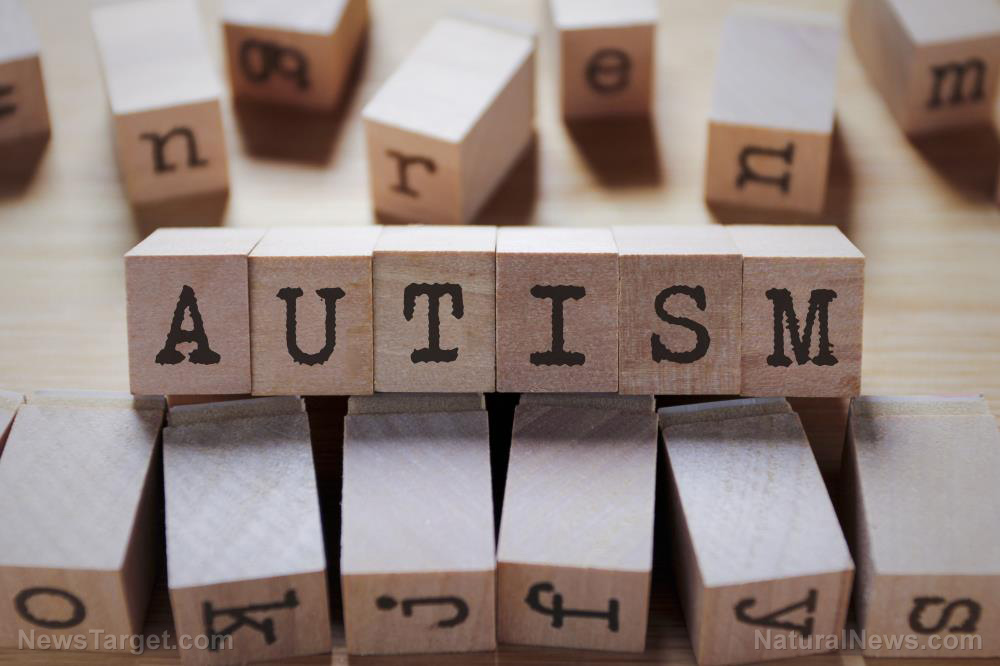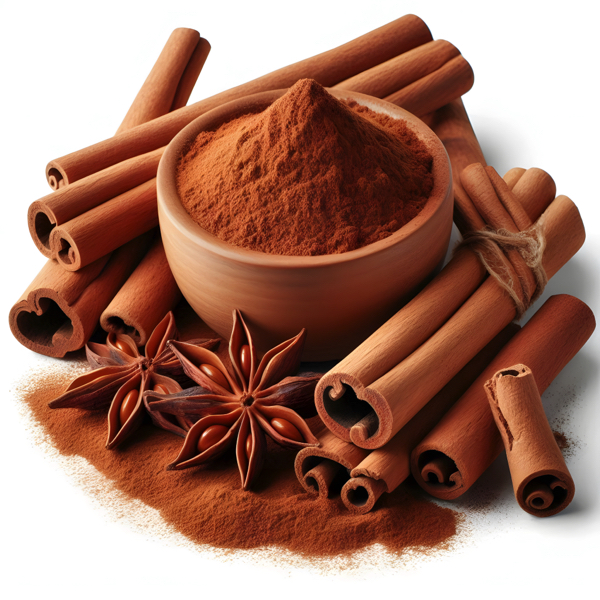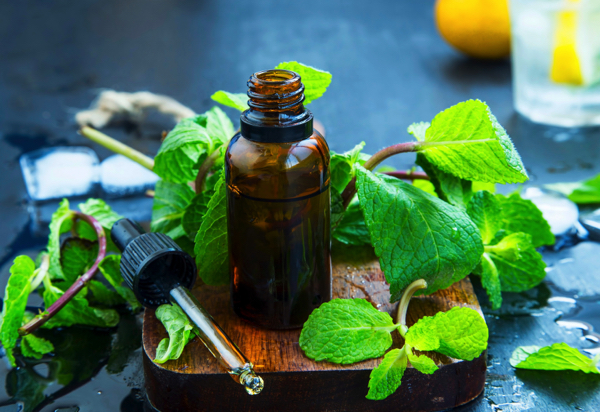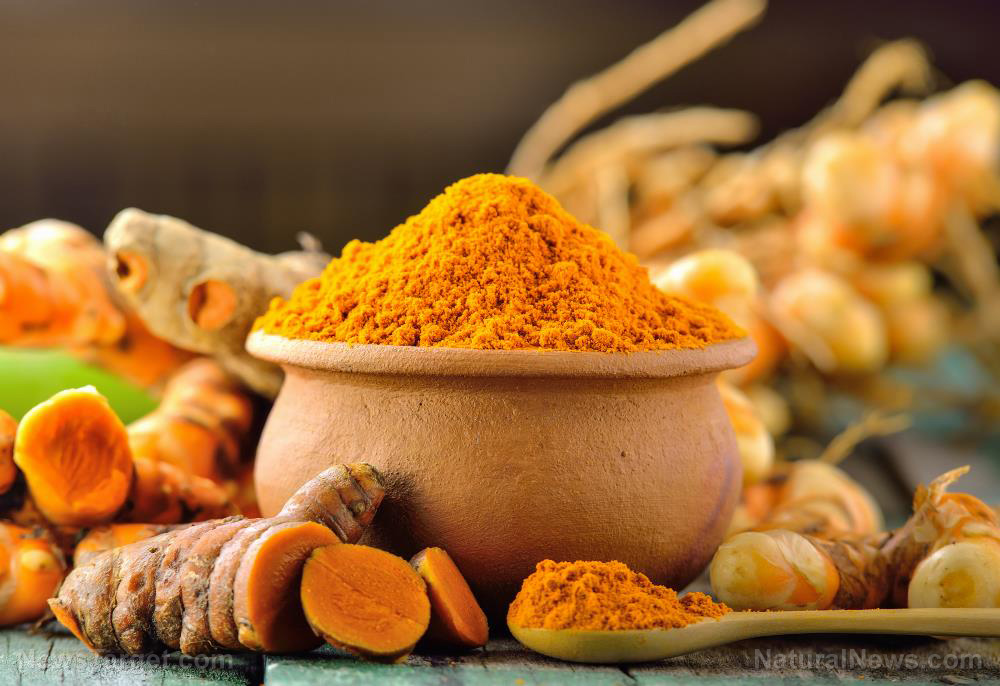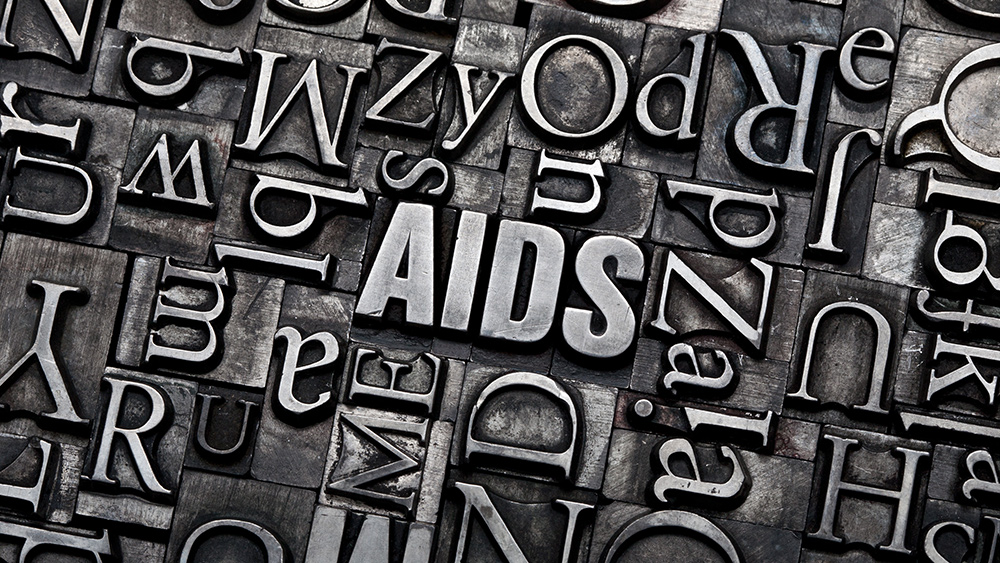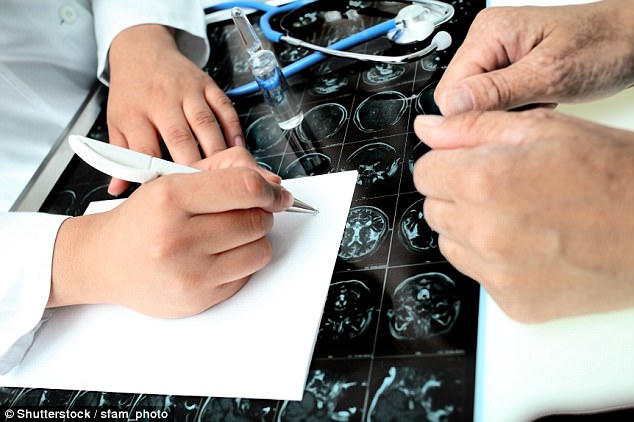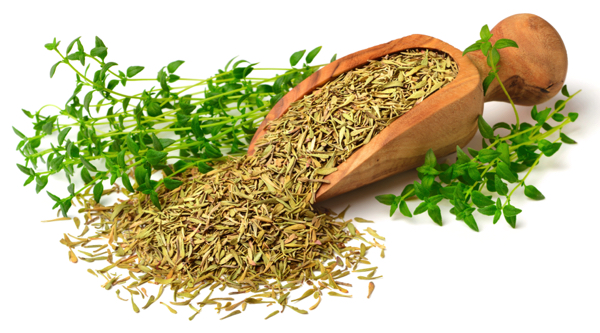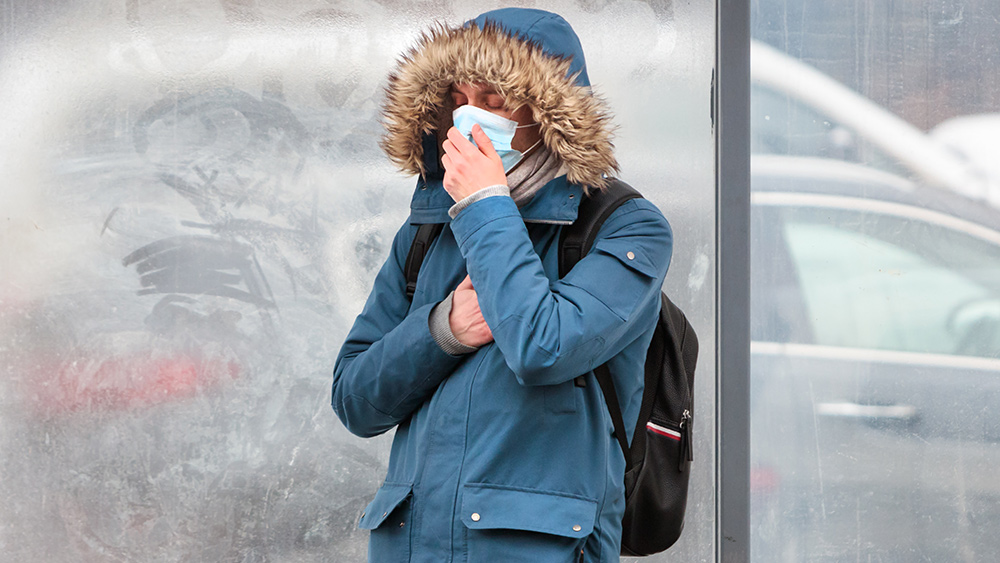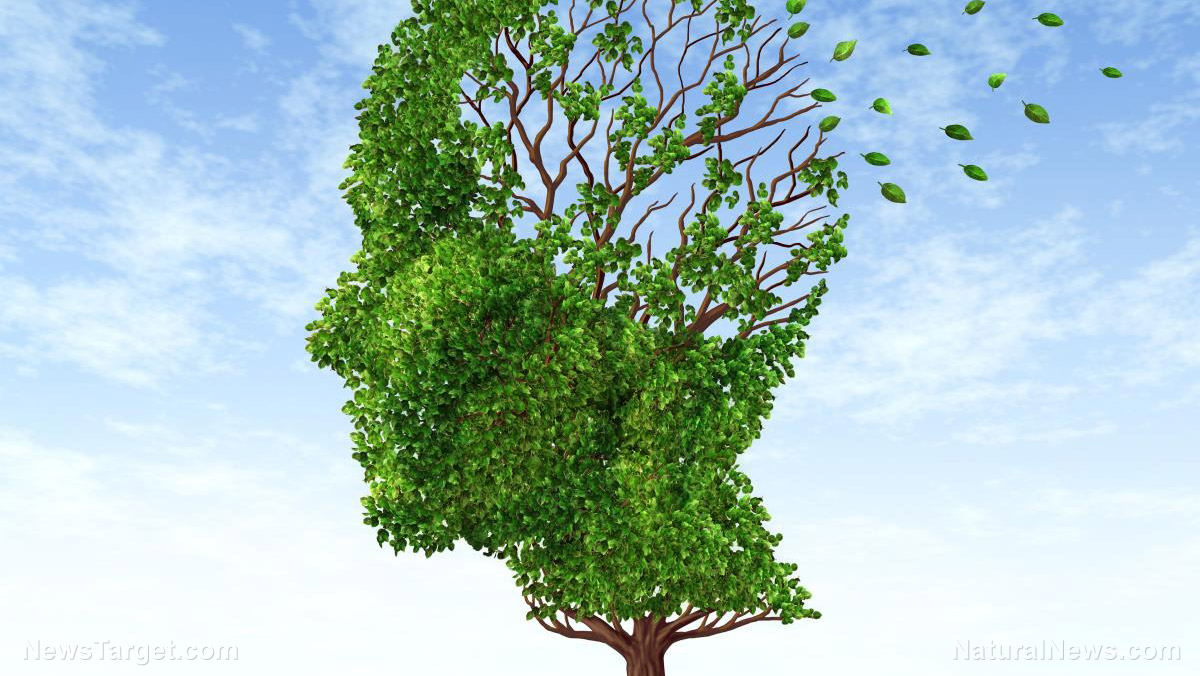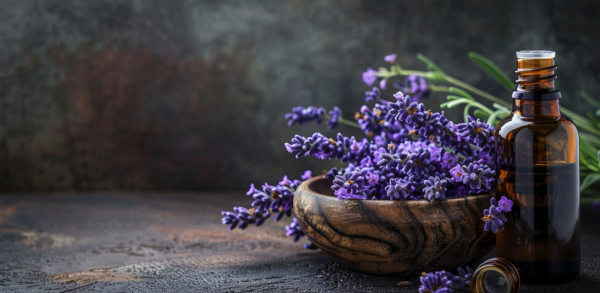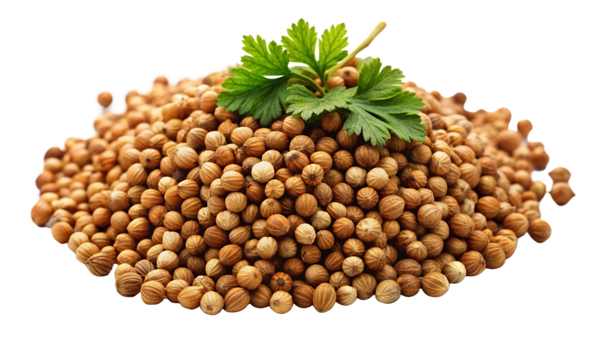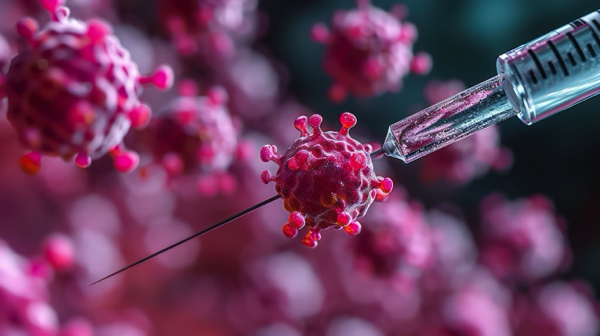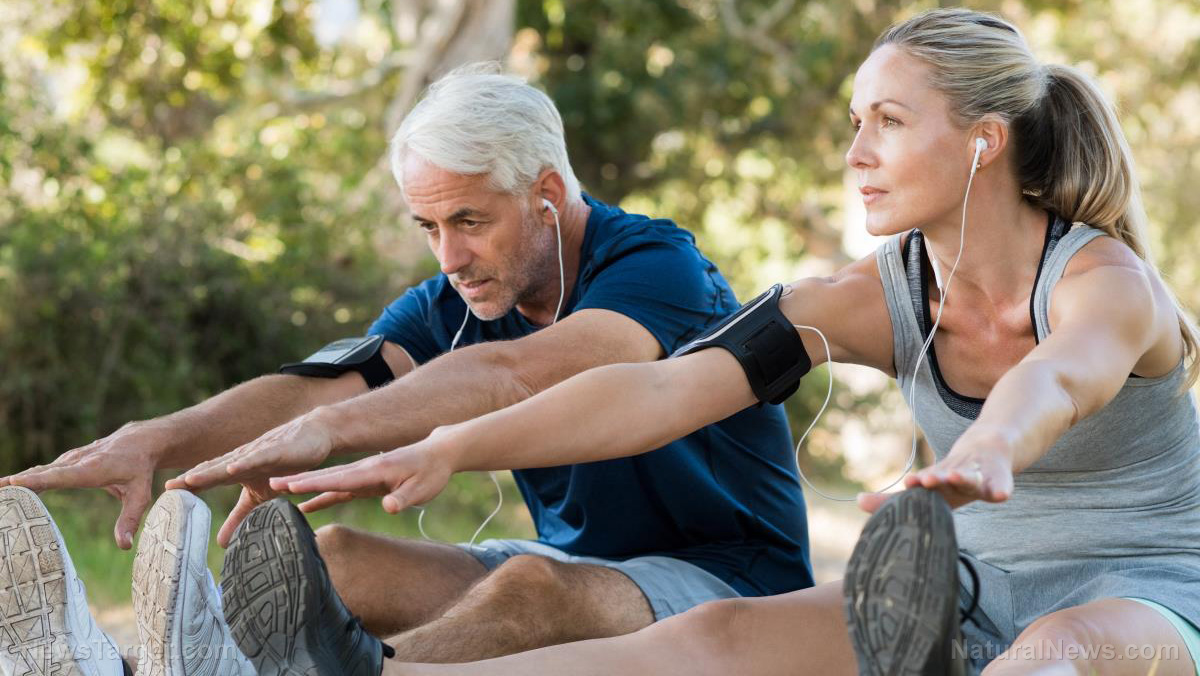Do humans have a latent ability to regenerate body parts?
11/11/2024 / By Cassie B.

We’ve all heard of salamanders and other amphibians regrowing limbs, but can humans do the same? Your first instinct might be to say that this is impossible, but there is some anecdotal evidence that children can regrow a finger after an accident – although it’s an area where there is surprisingly little research.
Multiplex Editor-in-Chief Brian Roemmele recently posted on X about fingers regrowing in young children who lost them in accidents and did not receive surgical treatment for them. According to his research, when the wound is kept wet using a salted cover and the stump is not closed, the finger eventually returns, along with its skin, bone, hair and nails and without any scar tissue.
This is apparently down to the very low current electricity provided by the salted cover, which provides a current potential and activates the cells’ memory, spurring them to grow like they would if they were still inside the womb.
Roemmele notes: “This electrical potential is the most misunderstood and understudied part of medical research as there is no massive pharmaceutical company “investment” at universities.”
He is currently looking into how AI can help break this bioelectrical code and other aspects of the human body we don’t yet understand.
Although this hasn’t been explored in great depth, scientists have long understood that fingertips can grow back in children, especially if the slice happens before the edge of the nail.
In these cases, the fingerprint might not come back, and the tip could look slightly misshapen, but the bone, flesh and nail will likely all come back.
University of Washington Medicine Hand Center Orthopedic Surgeon Dr. Christopher Allan has spoken about this phenomenon, telling NPR: “Kids will actually regrow a pretty good fingertip, after amputation, if you just leave it alone.”
He recounted the story of an eight-year-old girl he treated who sliced off her middle finger close to the cuticle in an accident with her brother’s bicycle. The hand reconstruction specialist struggled to find the small artery that was needed to reconnect the cut-off part of her finger, so he instead tried a different approach: using a biological dressing to stick the tip back on and hope for a good outcome.
And that’s exactly what happened. He said: “The girl came back in a few weeks with the old fingertip in a bag and a new one on her hand. It was far better than anything that I could have given her with a graft or surgery.”
Nail stem cells may help with regeneration
A study published in the journal Nature points to something about the nail cuticle that could be responsible for this. Scientists note that this can also happen with the paws of mice, and it doesn’t matter how old they are, as long as the amputation leaves a small amount of their claw behind.
They found that there are what they term “nail stem cells” sitting near the cuticle that start regrowing the claw when it is amputated, and they also generate a signal that brings nerves and bones to the wounds. The nerve is what’s essential for creating the bone in this case, much like how the nerve triggers the regeneration process seen in amphibians. However, more research is needed.
Scientists have also found that the currents in the fingers of children who had fingertip amputations in saline were very similar to those found in salamanders.
The human body is remarkable, and we’re still learning just how much it is capable of. However, there is little opportunity for profiting from humans healing themselves, so there aren’t a lot of investments being made in studying these possibilities.
Sources for this article include:
Submit a correction >>
Tagged Under:
amputation, breakthrough, cool science, discoveries, healing, health science, regeneration, research, Stem cells, surgery
This article may contain statements that reflect the opinion of the author
RECENT NEWS & ARTICLES
HealthScience.News is a fact-based public education website published by Health Science News Features, LLC.
All content copyright © 2018 by Health Science News Features, LLC.
Contact Us with Tips or Corrections
All trademarks, registered trademarks and servicemarks mentioned on this site are the property of their respective owners.

